I’m really pleased to share this interview with Ivan Bogdanov who captures wonderful photos with his iPhone. Whether he’s shooting landscapes, forests, urban scenes or portraits, his images tell interesting stories and often have an air of mystery about them. In this article you’ll discover more about Ivan, and how he takes such great photos with his iPhone.

Tell us a little bit about yourself.
I’m 42 years old and I live in the city of Sofia, Bulgaria with my family and a big black dog. Me and my brilliant wife work together at home making animation films.

So I’m very much interested in making images. Twice a day I go out with the dog and while I’m just wandering around I have plenty of time to take pictures.
How did your iPhone photography journey begin?
At our wedding in 2005 we got a wonderful digital camera as a present, and from that point on I got really fascinated with taking pictures. At some point I realized that I had tons of “pointless” images that were just jamming the hard disks and that kind of slowed me down.

Later, when the iPhone came out, a good friend showed me the Instagram app and the idea of sharing pictures grabbed me instantly. All of a sudden the “pointless” pictures had a purpose and a reason.
What inspires you to take photos with the iPhone?
I’ve never thought about that. But now when I’m thinking about it, I would say it’s the serenity. Most of the time when I’m at peace with myself and the world around me, I spot places, light, shapes and objects. Taking pictures absolutely gives me a bit harmony.

The other reason is sharing. Showing and seeing images by others gives me a sense of being connected. When I’m looking at other people’s work it makes me feel like I have many eyes. Looking at my Instagram feed makes me realize that the world is a much bigger place.
Do you have a preferred photography genre or do you like to experiment and try new things?
I’m not a photographer, and I try not to take myself seriously. That’s why I just fool around with the iPhone camera, and I like to be able to do that all the time.

If I choose a genre then I won’t feel free. It gives me great pleasure to observe and take pictures everywhere I go.
Many of your photos have an air of mystery and suspense. What are your favorite techniques for creating intriguing photos that leave the viewer wanting to know more about the story behind the image?
As I have experience of making animated cinema, I often try to bring this cinematographic feel to my photos – not always, but often.

Mist and fog are climate conditions that we don’t get much where I live. Bulgarians mostly dislike that kind of weather but for me it’s a time to treasure. I also like to take photos in snow blizzards and rain as I find low visibility a very special moment for taking pictures.
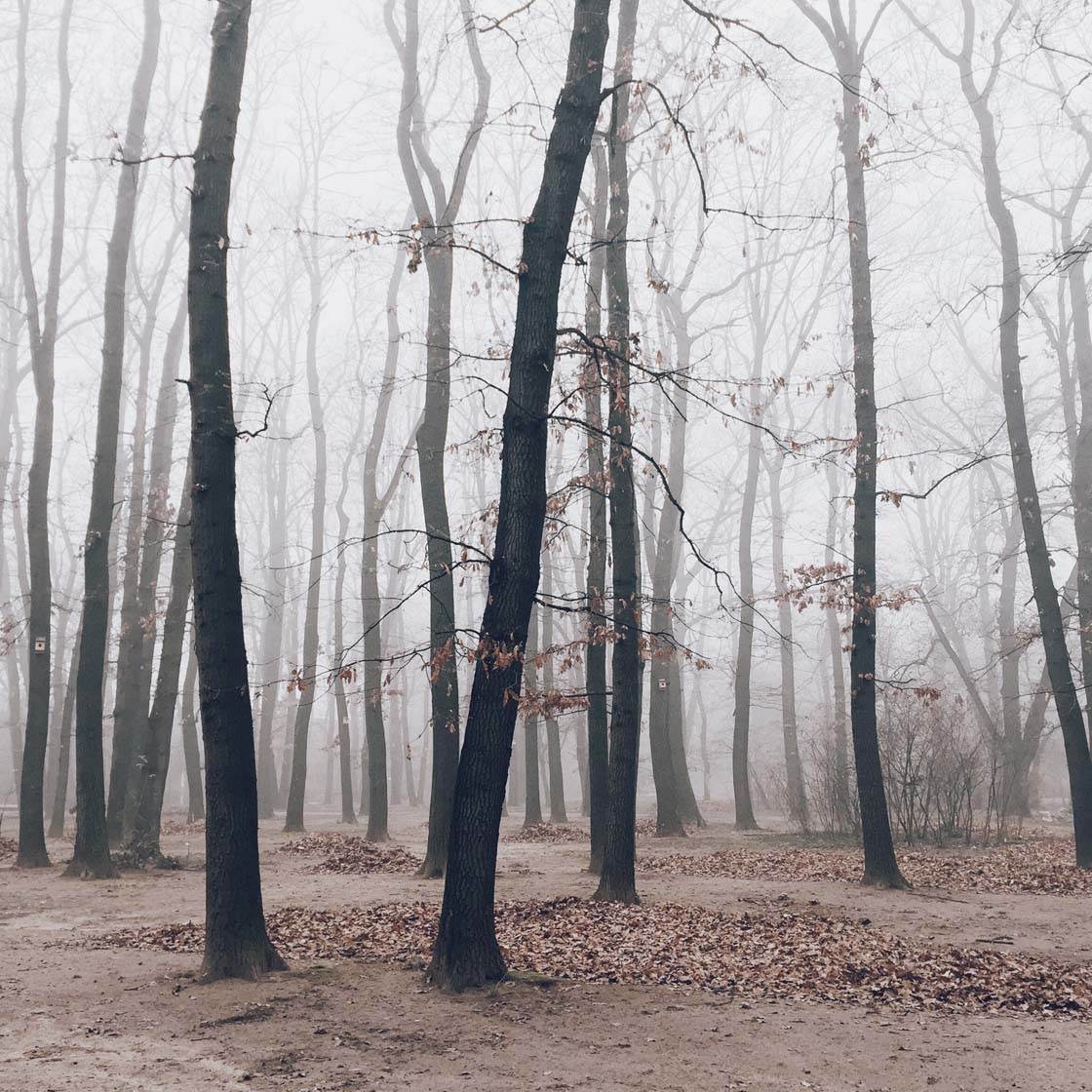
Somehow, when the space around is reduced in color and visibility, it has an inspirational effect for me. It actually makes me feel that there’s something behind this wall of snow, mist or rain – something that I know, but I can’t see.
It resembles again the feeling that the world is a much bigger place. It makes me feel that my world is clear and I can touch it, but what lays beyond is a mystery. I like that!
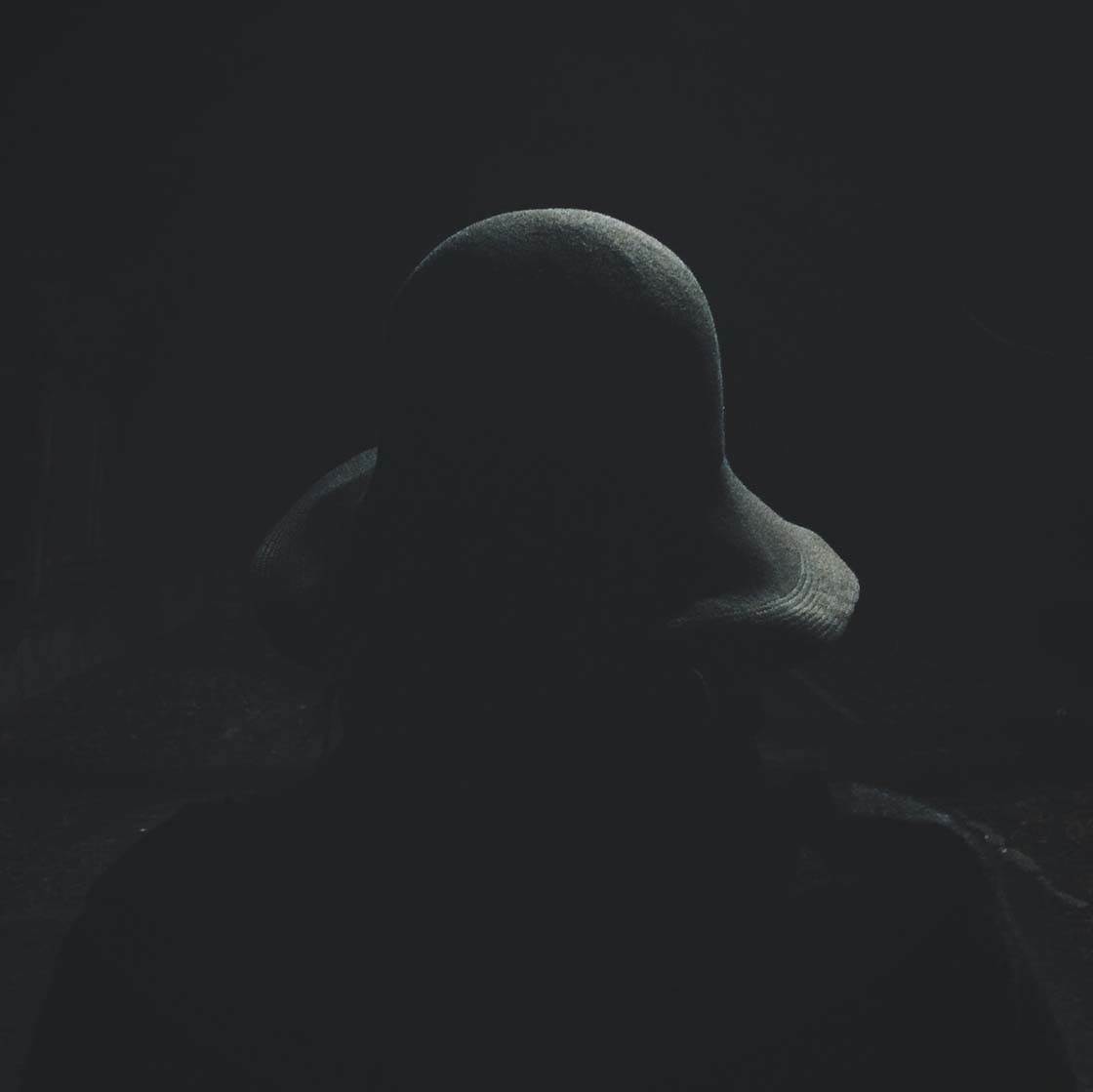
Photographing the subject from behind also brings questions and mystery to a photo. Where is he going? Is he leaving? What is he looking at? I find that intriguing and it must be interesting for others too.
The fact that you don’t see the face of the person being photographed leaves a lot of freedom for the mind to wonder. One can look at the picture and think at the same time about what’s going on. I think that moment of personal interpretation is what really connects you to the image.
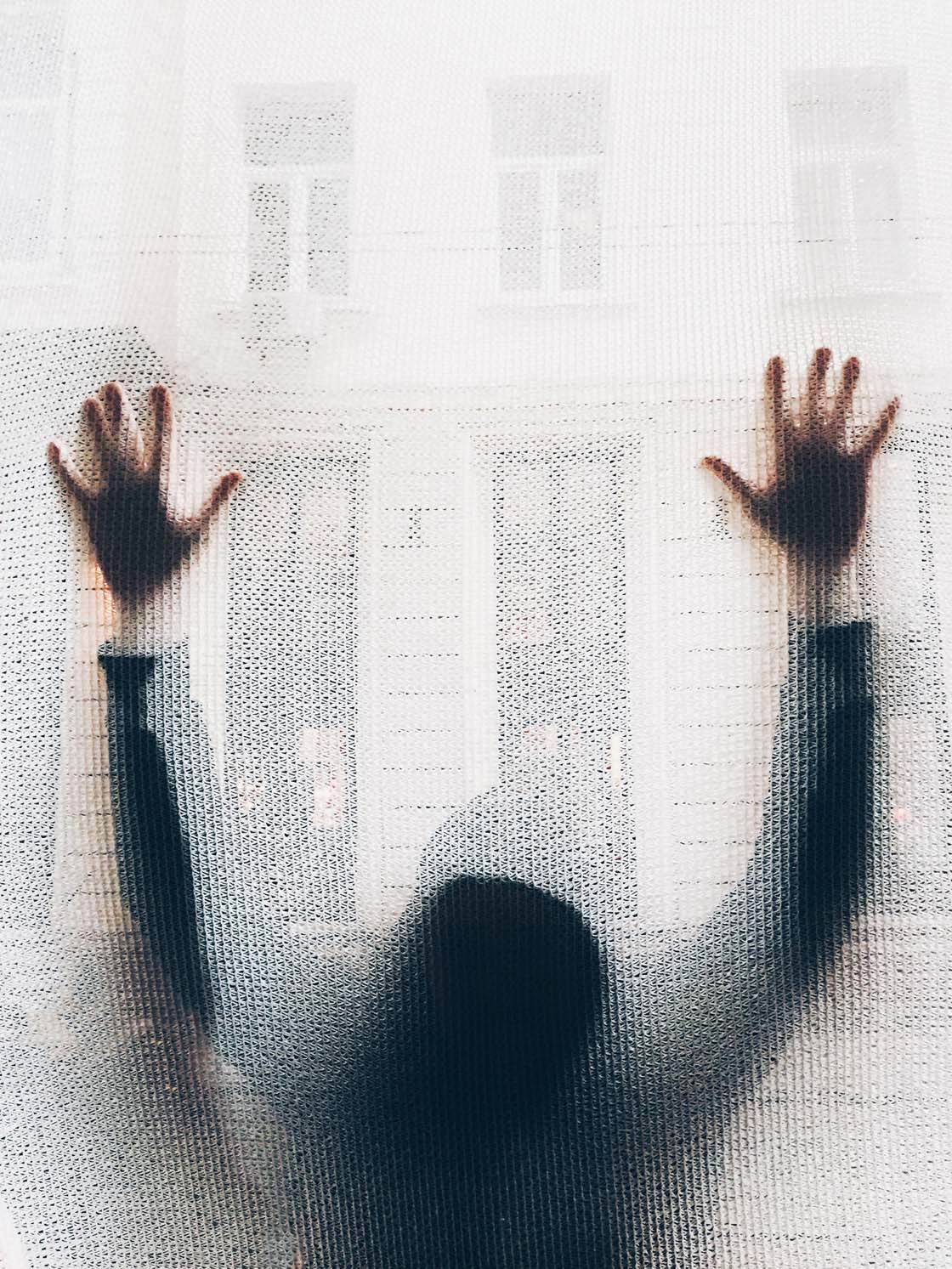
I also use silhouettes and shadows as it gives me the opportunity to be more graphic, and that’s something I like.
You take stunning photos of landscapes and forests. What tips do you have for beginners who want to start taking better landscape photos with their iPhone?
I don’t go fishing, but sometimes I go with friends very early in the morning (before sunrise) to the countryside, just to take pictures. And I can frankly say that those pictures of landscapes are some of my best.

I’ve tried photographing landscapes during midday and it never works as well as the early morning shots. I haven’t been very successful at sunsets, but I guess I can improve that.

So, my advice is to wake up before sunrise and go out of the city. Spot a good location and start fishing with your camera.
How important is it for you to include a human subject in your photos?
A figure always lights up the picture. The energy that it brings into the image is incredible. It’s a living subject in a context! How exciting is that?!

Having a dog as a companion comes as a great advantage when you take pictures. You spot a place with good light or a certain vibe, and just let the dog go there. As a result you have a wonderful interaction between subject and context.
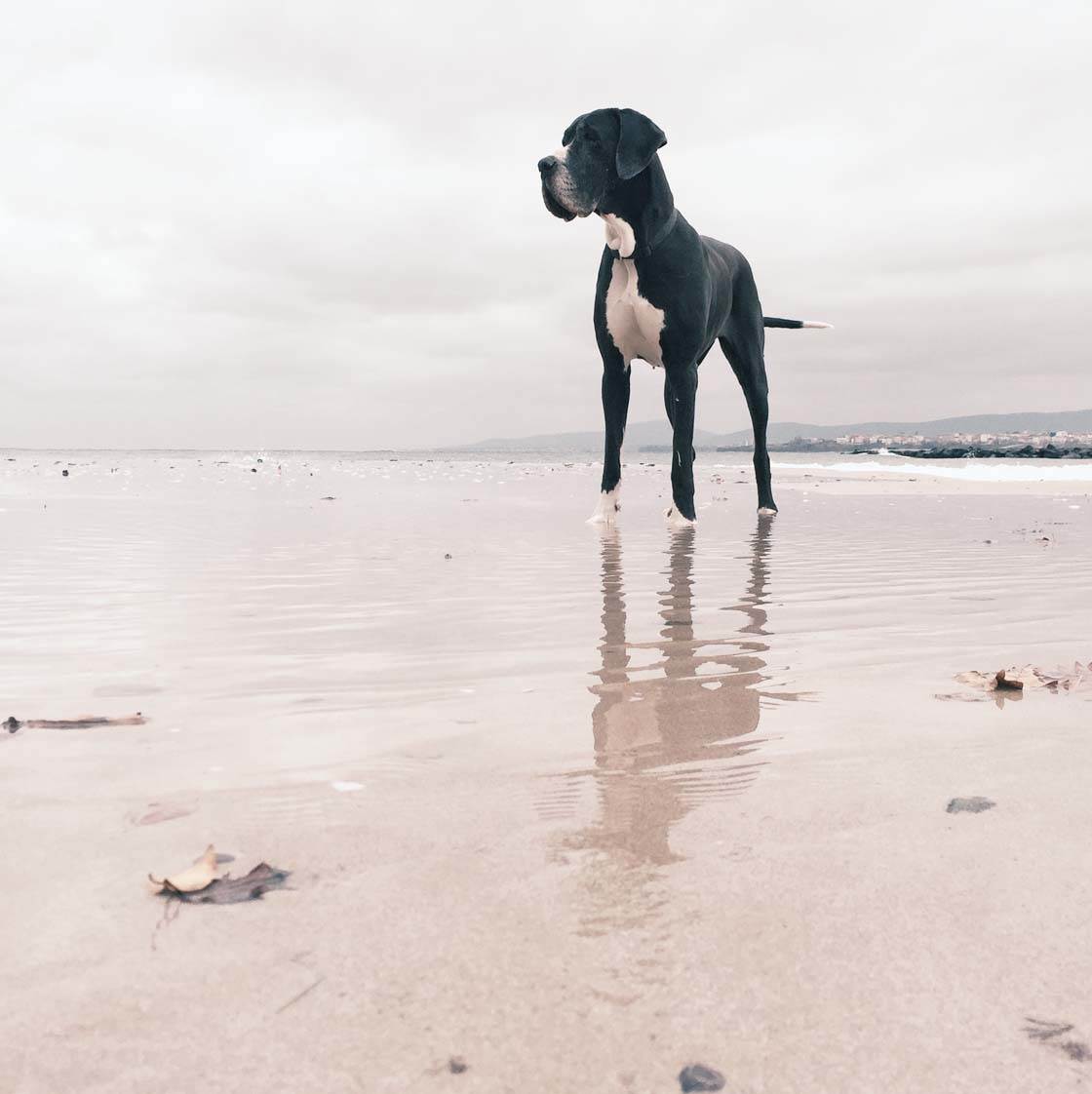
As well as landscapes, you also capture wonderful images of the urban environment. What tips do you have for taking interesting photos of buildings and street scenes?
I’m fascinated by reflections and I like taking pictures from a low point of view. I scout puddles and use their reflection to create mirrored images.

A little tip here is if you see a good location for a reflection shot but you don’t see any puddles, buy a big bottle of water and pour it on the ground. It might work well!
Experimenting with the viewpoint may bring something special to the image. The world becomes double and it looks way bigger and deeper. I really enjoy that kind of effect.

Changing your viewpoint always creates surprising and different outcomes. That’s something I really look for. I like the feeling of being surprised by myself when taking pictures and in my work in general.
The other thing that fascinates me in the city is the contrast between light and dark. Thanks to all the buildings and walls, the light can get trapped in small corners or little back yards.

Using that kind of light can result in very interesting and dynamic images. Lately I’ve been trying to pay more attention to those situations.
Let’s talk about photo apps. Are there any apps that you use for taking photos besides the native camera app?
I only use the native camera app because it’s the most accessible. I’m always just one finger-slide away from taking pictures.

What are your favorite apps for post-processing?
In the beginning I was more into photo editing and I’d try to create an image from any snap. Later, I decided to try and develop my eye and photography skills. Now I don’t mess up with editing as much as I used to because I have better photos to start with.

I try to do as little as possible with the picture in post-processing. I’m just at that stage now and I don’t know exactly where I’m heading to. Heavy edit, little touch or no edit at all – everybody should be free to choose for himself.
My favorite app is definitely VSCO Cam. I love it for its beautiful color grading qualities. It looks very simple and very intuitive at the same time.

Another app I often use is TouchRetouch. Sometimes I’m not that precise when taking pictures, and I use it to remove little unwanted details.
Let’s say I didn’t spot a wire or a branch entering the picture frame, and it disturbs the overall composition. Using TouchRetouch, I can just remove the unwanted object and the picture looks as great as I intended it to be.

Sometimes I also use Snapseed or SKRWT for correcting the perspective. And lately I’m trying the mobile version of Adobe Lightroom.
I love the earthy colors in your photo feed. They’re subtle and slightly muted, and they make a big impact as a collection. Do you have a specific way of editing your images to create this color palette?
In VSCO Cam there’s an option to organize your preferred filters and that’s something I often do, especially when the seasons change.
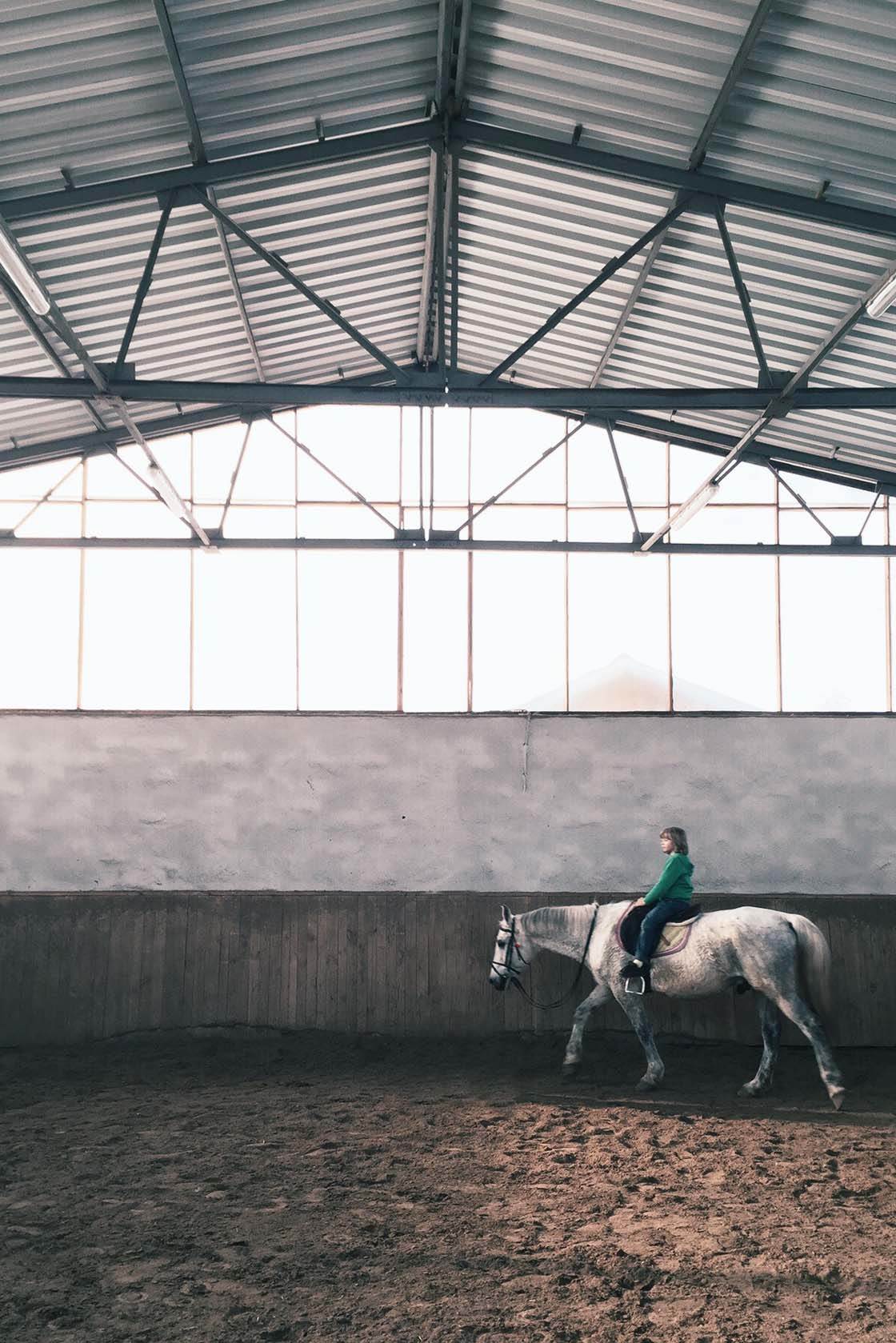
Here in Bulgaria there are four distinct seasons, and every one of them comes with different light and colors. Using the same filters can be tricky, so that’s why I try picking different filters according to the changes.

Another thing that happens is that my mood changes, and then I love to do some color splashes in my Instagram or VSCO Cam Grids. I like those color breaks.
Do you use any iPhone photography accessories?
No, not at all! I just take the phone out of my pocket and that’s it!
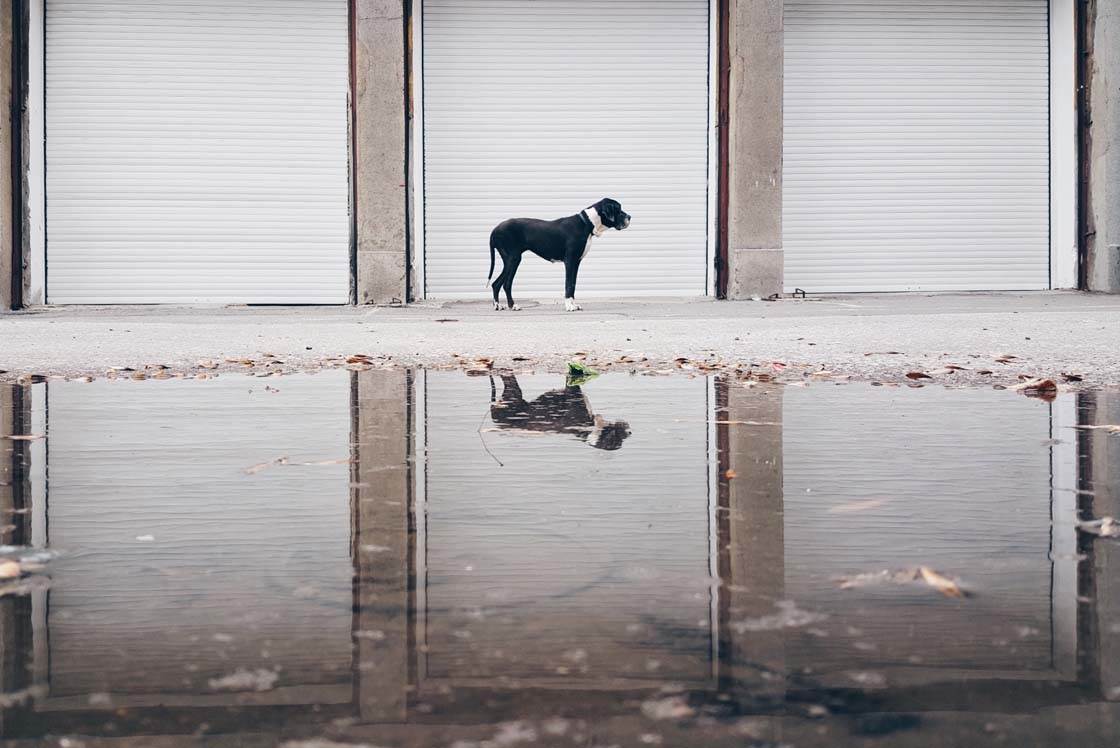
Can you briefly explain the story and editing process behind your three favorite iPhone photos?

This picture never stops surprising me. It feels like someone else took it. I guess that feeling comes because the light, weather conditions, setting and model clicked together so well.
To me it looks a bit post-apocalyptic, but at the same time there’s a sense of peace in it – a little boy wandering in the desolate streets of a mysterious place.
The photo was taken when I went to a big film studio just outside Sofia to do some sound mixing for a film I was working on. I had to take my son with me, and after a while in the sound studio he got really bored. I decided to take him for a walk and show him all the outdoor film sets.
It was a day with very thick fog and all the fake buildings and streets around couldn’t look any better. Lots of elements were coming together.
My son was running through Ancient Rome, New York, London and the Middle East, all standing next to each other completely covered in fog! It was just incredible. I couldn’t stop taking pictures!
I didn’t do much editing on this photo – I just imported it into VSCO Cam and applied the J4 preset.

With this one I decided to do a bit more editing to make it more special. I like lines, and when I was taking this photo I was sure that it was a good shot. But that wasn’t the case when I looked at it later on.
So I imported it into Photoshop Touch, applied a motion blur effect and got these beautiful vertical lines. You can achieve a similar effect in any app that has a motion blur tool.
I saved the image and then imported it into the Image Blender app where I mixed it with the original photo. I masked the ground of the blurred image and applied some transparency mode to it, although I don’t remember which one exactly.

This third picture is one of the colorful images that I like doing every now and then. I spotted these tubes on the outskirts of the city some time ago and I went there a few times just to experiment.
I like this image because of the contrast between the figure, the light and the colors. The original had it all, but in this case, the Snapseed photo editor helped me to exaggerate the contrast.
I used the exposure brush to bleach the bright spot behind the figure and then I boosted up the saturation on the yellow parts of the image. Lastly, I imported it into VSCO Cam and applied the E2 preset. I like it!
You share your photos with a large fan-base on Instagram. What does the mobile photography community mean to you, and what effect has it had on your iPhone photography?
As I said earlier, seeing the world through different eyes means a lot to me. Instagram gives me that opportunity and I’m really grateful for it.
Since I began posting and looking at pictures I’ve improved a million times. I observe that everyone involved in mobile photography around me keeps on getting better and better. That’s incredible!

But there’s something more than photography in this community. It’s the general attitude of communication that really amazes me. When people are exchanging pictures and comments I feel great kindness and respect. That’s something special.
Which iPhone photographers do you admire the most?
Oh, the list would be longer than this interview! All the people I follow inspire me and I can’t really define myself without them.

I’m aware that I’m influenced by them, and at the same time I add my own touch to the pictures in my grid. In that way, I’m part of something greater which gives me the sense that I’m free and connected at the same time.
Where can we see your iPhone photography?
Mainly on Instagram @finfilm. But also on Facebook and VSCO Grid.



wow, wow, wow…! Great interview & what beautiful pictures! Thank’s for that special moment i had while reading the interview. 🙂